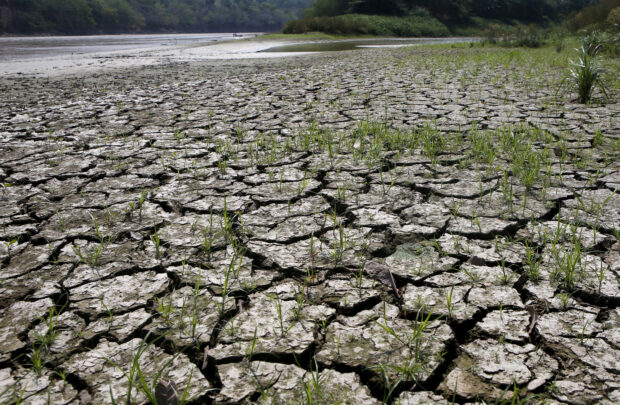
An area is uncovered by the lowering of the water level from the Magdalena river, the longest and most important river in Colombia, due to the lack of rain, in the city of Honda, January 14, 2016. REUTERS FILE PHOTO
GENEVA — Temperatures are expected to soar further across large parts of the world after the El Niño weather pattern emerged in the tropical Pacific for the first time in seven years, the World Meteorological Organization said on Tuesday.
El Niño, a warming of water surface temperatures in the eastern and central Pacific Ocean, is linked to extreme weather conditions from tropical cyclones to heavy rainfall to severe droughts.
“The onset of El Niño will greatly increase the likelihood of breaking temperature records and triggering more extreme heat in many parts of the world and in the ocean,” WMO Secretary-General Petteri Taalas said in a statement.
WMO said there was a 90% probability of El Nino persisting in the second half of 2023, and that it was expected to be “at least of moderate strength”.
The statement from the global body confirmed a report last month from the U.S. National Oceanic and Atmospheric Administration’s Climate Prediction Center that the phenomenon had returned.
The world’s hottest year on record, 2016, coincided with a strong El Niño – though experts says climate change has fueled extreme temperatures even in years without the phenomenon.
The World Health Organization said last month it was preparing for an increased spread of viral diseases such as dengue, Zika and chikungunya linked to El Niño.
During El Niño, winds blowing west along the equator slow down, and warm water is pushed east, creating warmer surface ocean temperatures.
The phenomenon occurs on average every two to seven years, and can last nine to 12 months, according to the WMO.
It is typically associated with increased rainfall in parts of southern South America, the southern United States, the Horn of Africa and Central Asia.
In the past, it has caused severe droughts in Australia, Indonesia, parts of southern Asia, Central America and northern South America.